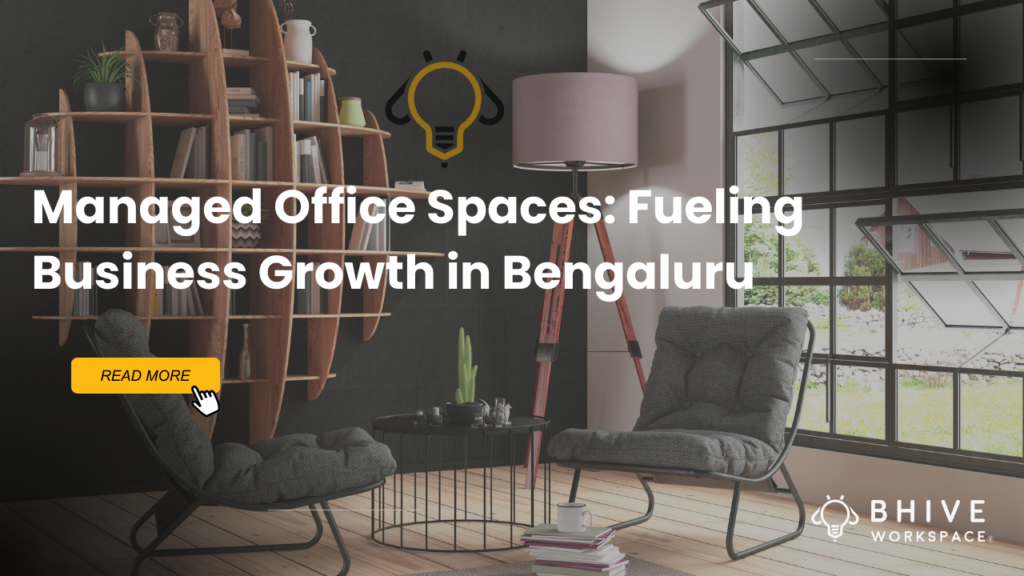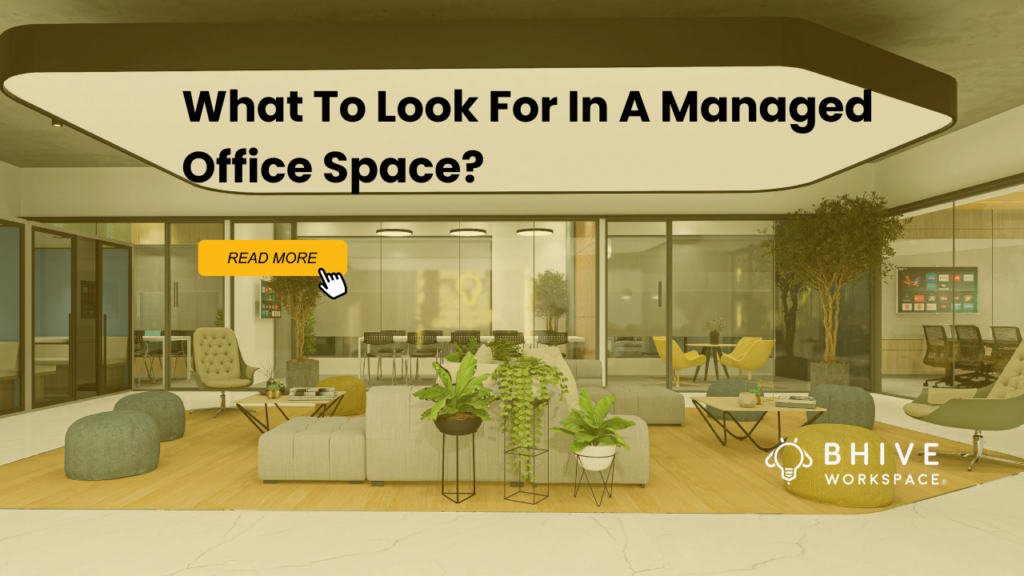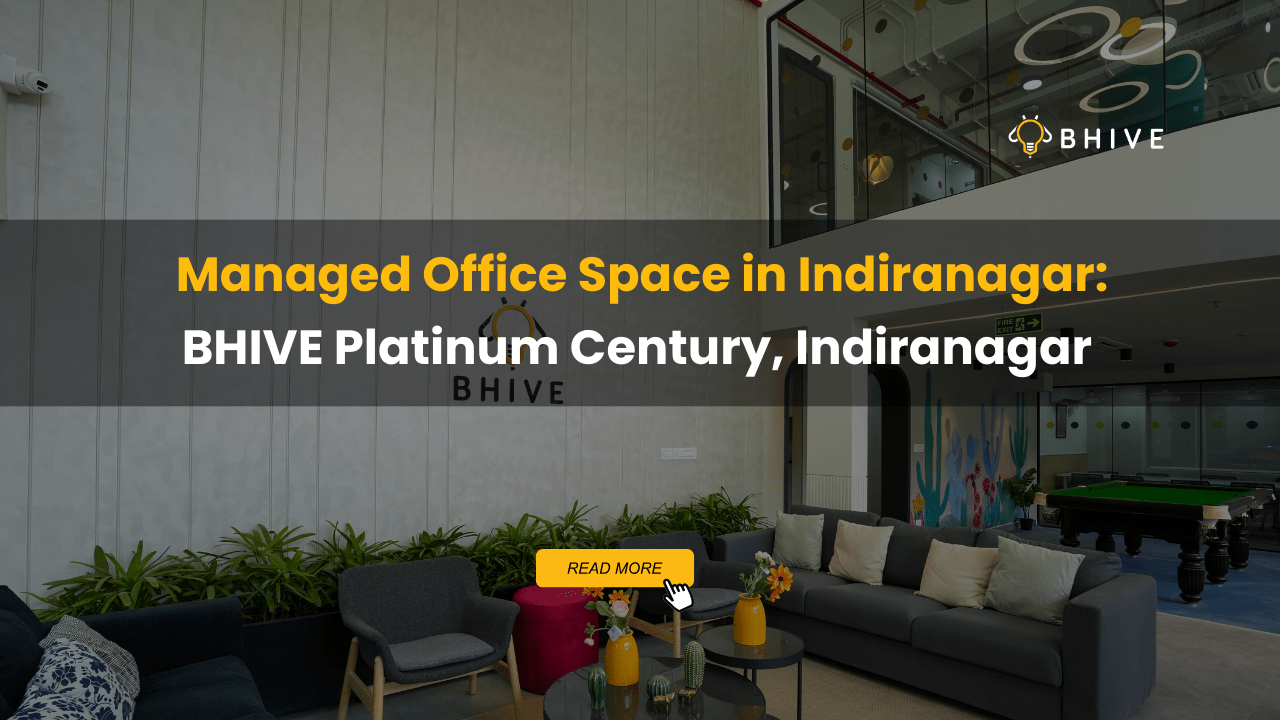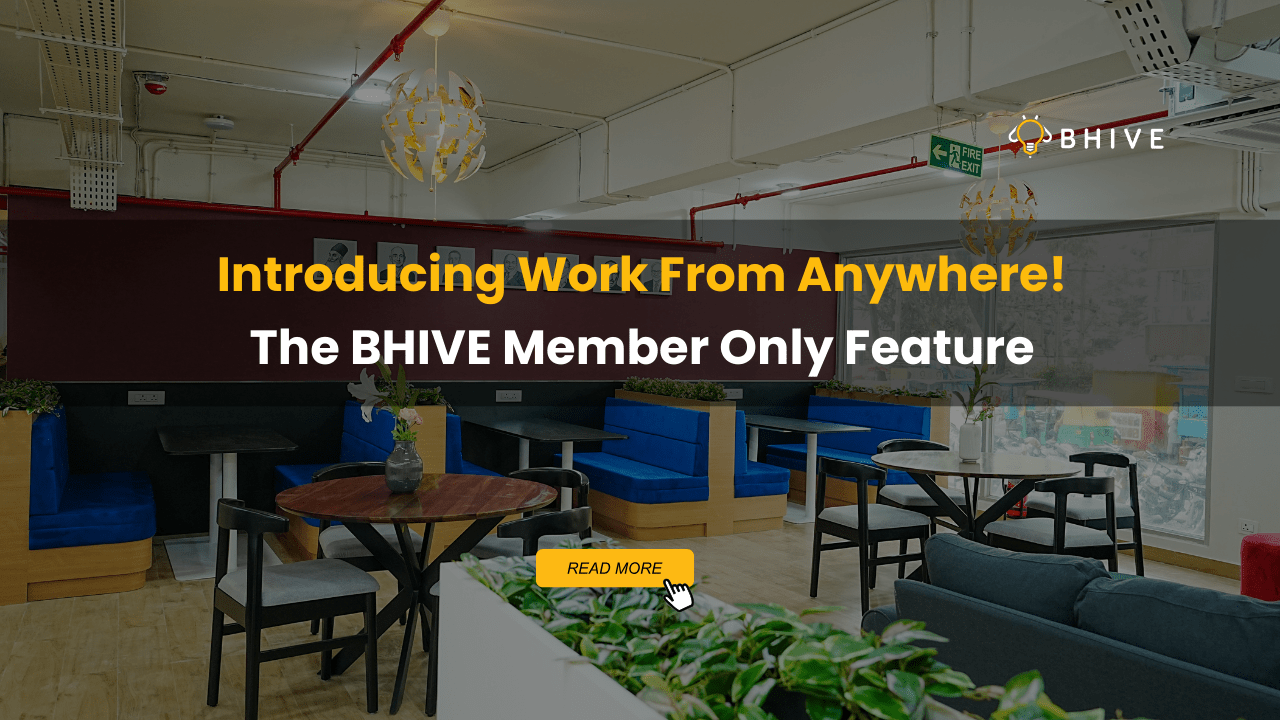The Open Office Concept: Key Benefits for Modern Workspaces

In today’s rapidly evolving work environment, businesses are constantly searching for ways to enhance productivity, foster collaboration, and create more inclusive workspaces. One design approach that has gained significant traction in recent years is the open office concept. Moving away from traditional cubicles and closed-off offices, open office spaces emphasize flexibility, openness, and collaboration.
But what exactly is the open office concept, and how can it benefit modern workspaces? In this detailed guide, we will explore the principles behind open office layouts, their advantages, and why they are becoming the go-to design for many forward-thinking businesses.
What Is the Open Office Concept?
The open office concept is a workspace design where barriers, such as walls or cubicles, are minimized or removed to create a more communal and collaborative environment. Instead of assigning fixed workstations, employees often share open spaces, work in common areas, or use hot-desking, allowing for greater flexibility and interaction.
This layout encourages more communication among team members, eliminates the hierarchical feel of traditional offices, and creates a more dynamic atmosphere. Companies like Google, Facebook, and other tech giants have widely adopted this concept, seeing it as an enabler of innovation and creativity.
Key Benefits of Open Office Spaces
1. Enhanced Collaboration and Communication
In a traditional office, employees may feel isolated in cubicles, limiting face-to-face interaction. Open office layouts promote frequent communication, enabling employees to share ideas and work more efficiently together. This ease of interaction fosters a culture of teamwork, where employees can quickly seek input from colleagues without formal meetings.
Related: Why is it Important to Nurture a Collaborative Culture?
2. Flexibility in Workspace Design
Open offices can be easily adapted to the changing needs of a company. If a business expands, additional desks can be added without the need to renovate or build extra rooms. The layout also allows for multi-functional spaces, where teams can hold meetings, brainstorm, or work on different projects in various areas.
Suggested Reading: How workspace Design Drive Productivity?
3. Cost-Effectiveness
By removing the need for building individual cubicles or private offices, open office spaces are often more cost-effective. Companies can save on construction and maintenance costs, while maximizing the use of their office space. This is particularly beneficial for startups and small businesses looking to optimize their real estate investments.
4. Increased Natural Light and Space
An open office typically benefits from more natural light, which can improve employee well-being and productivity. The lack of walls and partitions allows sunlight to fill the space, making it a more welcoming and pleasant environment to work in. Moreover, open offices often feel larger and less cramped compared to traditional layouts.
5. Improved Workplace Culture
Open offices remove the barriers of rank or position, creating an environment where everyone is accessible, regardless of seniority. This can foster a more egalitarian and inclusive workplace culture, encouraging employees at all levels to contribute their ideas and perspectives.
Challenges of Open Office Spaces (and How to Overcome Them)
Despite the many benefits, open office concepts may come with a few challenges, such as noise distractions or lack of privacy. However, these can be mitigated through thoughtful design choices, such as creating designated quiet zones, using soundproof partitions, or providing noise-canceling headphones for employees.
Additionally, incorporating breakout rooms or private pods can offer employees a space to retreat when they need focused, individual work. Striking a balance between openness and privacy is key to maximizing the effectiveness of this office design.
Conclusion
The open office concept is reshaping how businesses think about workspace design. By promoting collaboration, flexibility, and cost-efficiency, it provides a modern solution for companies aiming to foster innovation and growth. While there are some challenges to consider, the advantages of this layout have made it a popular choice for businesses of all sizes.
For companies looking to maximize the potential of their office space, BHIVE Workspaces offers flexible and collaborative environments that can adapt to any business’s needs. Explore our premium managed office solutions here to learn more about how we can support your team’s productivity and success.
Frequently Asked Questions (FAQs)
The open office concept is a workspace layout that removes traditional barriers like cubicles or walls, encouraging collaboration and flexibility among employees in a shared environment.
It enhances communication, fosters collaboration, increases flexibility, improves natural light, and creates a more inclusive workplace culture, all while reducing operational costs.
Common challenges include noise distractions, lack of privacy, and potential difficulty focusing. However, these can be managed with creative design solutions like quiet zones and breakout rooms.
Not all companies may benefit from an open office layout, especially those requiring high levels of confidentiality or individual-focused work. However, businesses that prioritize collaboration and flexibility tend to thrive in such environments.
To maintain privacy, you can incorporate soundproof partitions, private meeting rooms, or offer noise-canceling headphones. Creating quiet work areas within the space can also help.








